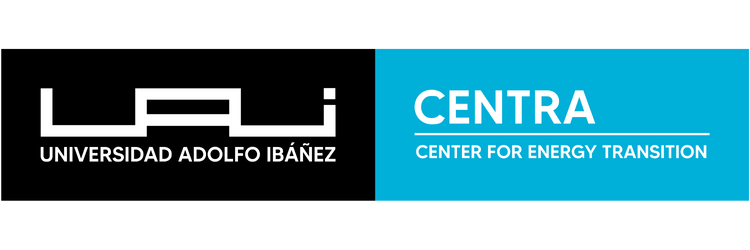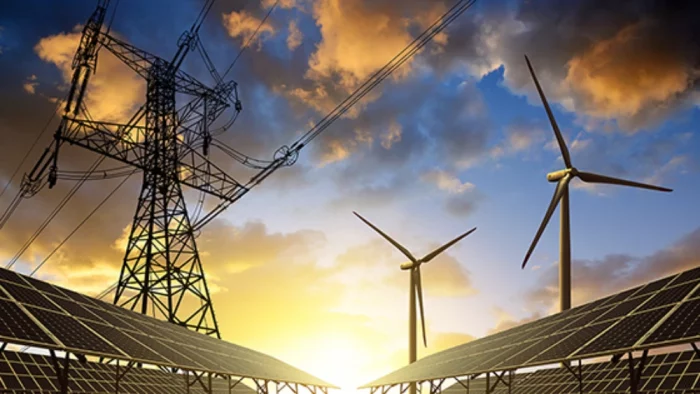Technologies for Renewable Energy: Innovation in the Chilean Electricity System
November 17, 2025
Disruptive developments are redefining the operation of the National Electric System, driving an energy transition that can offer clean energy, security, and a reliable supply to consumers.
The energy transition in Chile is progressing sustainably, hand in hand with the increasing integration of renewable energies into the National Electric System (SEN), especially solar and wind. However, the challenge is no longer how to generate more clean energy, but how to manage it efficiently and safely.
In this scenario, technologies such as energy storage, artificial intelligence (AI), digitalization, the Internet of Things (IoT), green hydrogen (H2V), and the hybridization of renewable energy parks, among others, are gaining momentum to move forward on the path to decarbonization with a firm step.
In this regard, Pedro Correa, CTO of Suncast, emphasizes that the world is at a decisive moment in energy matters: “It’s not just about producing more solar or wind energy, which are already the most cost-competitive, but about how we manage that energy intelligently. The state of the art lies in technologies that allow us to integrate more clean energy without compromising operational stability, such as energy storage systems using batteries, synthetic inertia through inverters with grid-forming capabilities, and AI models to predict generation and plan the operation of electrical systems.”
The accelerated growth of renewable energy generation entails the use of increasingly advanced technologies for the proper management of the energy produced. According to the recent Renewables 2025 report by the International Energy Agency (IEA), cited by Francisco Moraga, leader in photovoltaic systems at Fraunhofer Chile, “global renewable generation capacity will double by 2030, with an increase of 4,600 GW, led primarily by solar photovoltaics, which will account for approximately 80% of global growth.”
Technology for Decarbonization
As Moraga explains, the photovoltaic sector is seeing increasingly efficient and versatile panels, such as bifacial panels, which now dominate global module manufacturing, and semi-transparent panels, used in architectural and urban integration projects. “Furthermore, photovoltaics is expanding into new application environments, such as floating systems on reservoirs and agrivoltaics, which combine electricity generation with agricultural production. These solutions allow for better use of land and water resources,” Moraga adds.
For Rodrigo Barraza, director of the Center for Energy Transition (Centra) at the Faculty of Engineering and Sciences of Adolfo Ibáñez University (UAI), the focus today is no longer solely on generating more energy at a lower cost, but on building more resilient and stable electrical systems: “In this area, grid-forming inverters stand out, gaining increasing relevance thanks to their ability to provide synthetic inertia and maintain frequency and voltage in networks with high renewable energy penetration.”
According to Pedro Correa of Suncast, Chile’s abundance of natural resources has allowed the country to become a “real-scale laboratory for new technologies, which is why we are now seeing several of them being applied, such as AI for generation prediction.”
Digitalization, Storage, and H2V
For Francisco Moraga, digital tools are crucial for efficiently operating an energy matrix with high renewable penetration. “Globally, digitalization and the IoT have led to smart grids that balance supply and demand in real time. Algorithms manage thousands of connected devices, adjusting consumption and energy injections according to the availability of sun and wind.”
In this vein, Rodrigo Barraza of Centra agrees that AI, digitalization, and the IoT “represent a great opportunity to transform the global energy system toward a more flexible, efficient, and resilient model. Their potential lies in the ability to analyze large volumes of data in real time from sensors, power grids, and generation systems to anticipate events, optimize decisions, and improve coordination among the different actors in the electricity system.”
Regarding the crucial role of large-scale storage and batteries, Barraza believes they have become an essential technology for balancing solar oversupply and electricity demand: “Their deployment reduces curtailment and provides rapid backup at critical times. In parallel, long-duration energy storage (LDES) technologies are emerging to address prolonged periods of low wind or solar generation, solutions that aim to resolve seasonal challenges and strengthen energy security.”
“The electrical systems of the future.”
Regarding the role of H2V, experts agree that it represents a forward-looking opportunity. “Not only because it positions Chile as an exporter, but also because it can function as a flexible demand source that absorbs renewable surpluses and helps balance the grid,” comments Correa.
In this vein, the Fraunhofer Chile representative sees green hydrogen as a long-term solution, albeit under a more realistic strategy. “I believe that the role of research centers is key here, particularly in the development of technologies that enable these energy vectors to fulfill the promise of decarbonizing sectors that are difficult to electrify, such as maritime transport, aviation, and steel production.”
Vision for the Future
In the opinion of the Fraunhofer Chile representative, the grid of the future will be increasingly complex to plan and operate, while high renewable penetration will demand new solutions to maintain the stability and inertia of the system. “In this context, storage and grid-forming technologies will be essential to provide security, flexibility, and quality of supply.”
For his part, Pedro Correa asserts that when he thinks about the future of Chile’s energy matrix, he envisions a much more digital, decentralized, and flexible system. “Renewables will not only be the primary source, but will also be accompanied by AI, storage, and new energy vectors such as hydrogen.”
Meanwhile, Rodrigo Barraza imagines a more decentralized, digital, and participatory energy future, “where our homes function as small generating units capable of producing, storing, and sharing energy. In that scenario, citizens will be active prosumers, with the ability to trade electricity freely, either individually or through virtual aggregations.”

